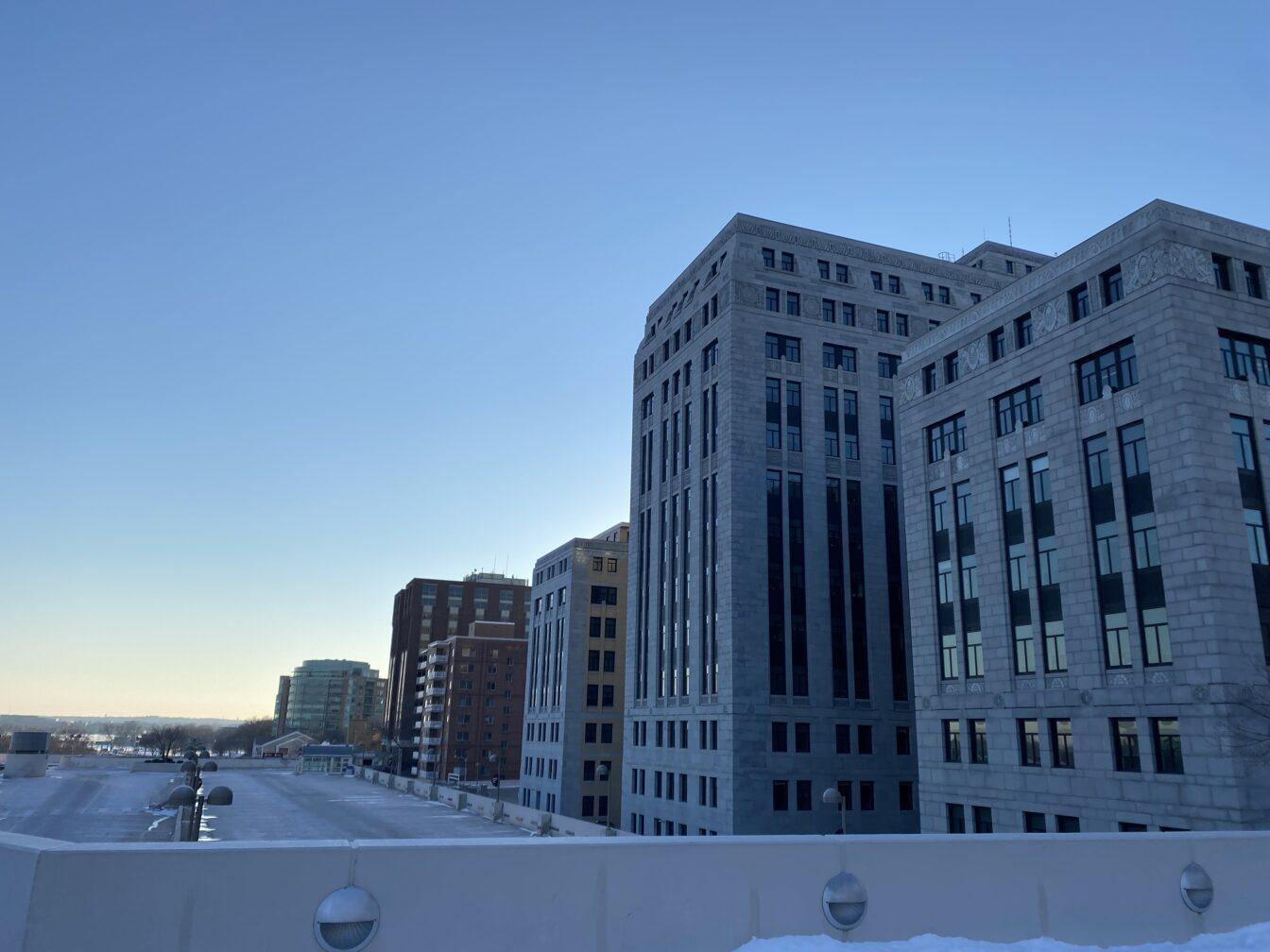The city of Madison approved the plan for a Tax Increment Financing district in the South Madison area March 20, according to a Tweet from the city.
The TIF district, called TID 51, is estimated to provide a total of $115 million in financial support, with $99 million of the funding to be allocated for the development of South Madison, according to a press release from the city of Madison.
A TIF district is an area where property tax revenue generated by increases in value of real estate can be used to fund city developments, TIF expert and University of Illinois Chicago professor David Merriman said.
According to the press release, the district’s geographic boundaries will be set at Fish Hatchery Road, Wingra Creek, John Nolen Drive and the Beltline Highway.
The city will use the funding provided by this district to invest in South Madison housing, small business support and community assistance. The TIF district plans to provide $22 million towards affordable housing, $6 million to small businesses and $34.9 million towards other revitalization and community support projects, according to the press release.
The funding produced by TID 51 will also go toward building improvement grants, affordable owner-occupied housing, single-family rehab programs, rental rehab programs and first-time home buyer assistance programs, city of Madison Community Development Project Manager Daniel Rolfs said.
The plan will also fund a 10-year study that will assess the impact of city investment on the residents living in TIF districts, according to the city’s website.
“Tax incremental financing is one of the most powerful tools that municipalities in the state of Wisconsin have to make public investments into both public projects and private projects,” Rolfs said. “It is the single largest investment in our program’s history, by double the amount, and it’s something that we’ve never done in this form or fashion before.”
Residents living inside TID 51 or any TIF district will not see any change in the money that they pay to the city in taxes, Rolfs said.
“It has no impact upon your tax bill,” Rolfs said. “It does not impact how much you pay, you’ll never see a difference. The only thing that changes internally on our side is how those funds are allocated.”
The use of TIF districts allows for the city to make substantial investments in specifically targeted parts of the city. In the case of TID 51, the city will be dedicating excess funds from districts that are economically successful to other parts of Madison that are not, Rolfs said.
“What we’re doing here is, as one of my coworkers says, we’re effectively moving money through time and space from parts of the city that have done very well to parts of the city that have maybe had more challenges,” Rolfs said.
According to Rolfs, the city has plans to continue acquiring property for infrastructure redevelopment, as well as to fund pedestrian and biking route improvements and the Commercial Ownership Assistance Program intended for business assistance.
The TIF district funding intends to help address some of the longstanding inequities that South Madison has seen in its development when compared to the rest of the city. Rolfs believes the underdevelopment seen in the South Side was a product of a lack of investment and effort put into the area. The city has a history of using the area as a place to push ethnic minority communities that were often ignored, Rolfs said.
“They [previous leadership] did nothing to make any investments or improvements, so we are having to not only pay for the sense of our past of the city, but also the sins of other jurisdictions who did nothing as well,” Rolfs said.
This method of funding is one of the most impactful options that the city can deploy for project and community development, Rolfs said.
“It’s probably among the most powerful tools that we have as a city,” Rolfs said. “Our ability to bring substantial dollars to an area in partnership with the overlying taxing jurisdictions, in my estimation, there’s very few things, if anything in the city that can bring the same level and impact of what we are able to do using TIF.”
The addition of a new TIF district was originally proposed in January of this year as a part of ‘The South Madison Plan’ — created to aid South Madison residents and their concerns on issues of displacement, home ownership and the need for increased economic growth and opportunity in the area, according to the city’s website.
The new district will be the 14th TIF district utilized by the city of Madison at this time, according to the city’s website.
Tax Incremental Funding has been used around the country since around the late 1950s, originally introduced in California. The system of funding has been primarily utilized in Midwestern states, such as Wisconsin, Michigan, Illinois and Ohio. Not all states make use of this method of funding, Merriman said.
“There are conditions under which [TIF] is an appropriate method to use,” Merriman said. “It’s most appropriate when the financing that’s required requires a substantial commitment of both a private developer and the public entity, and it requires a sustained development. It’s good for long-term processes when the development that’s envisioned includes both of those parties.”
There are state laws that specify what TIF dollars can or cannot be used for, Rolfs said. The funding can be used to pay for public infrastructure, property acquisition and redevelopment and environmental cleanup, but not for the creation and construction of public buildings or community centers.


